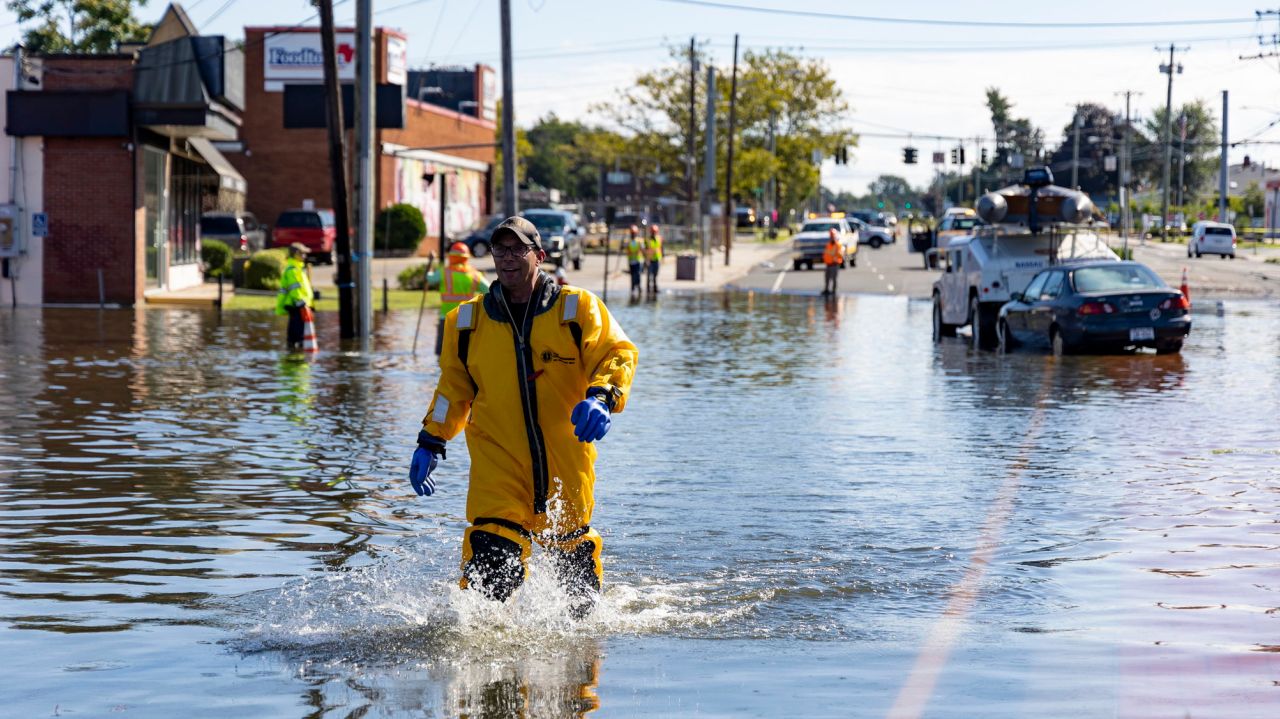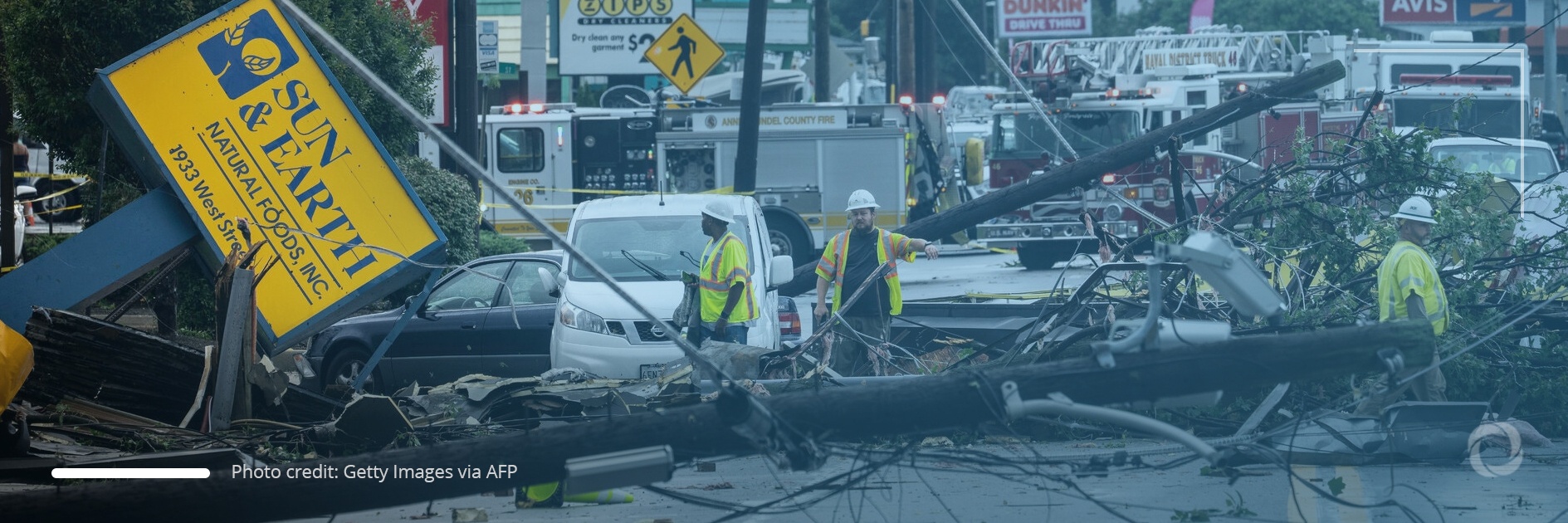At least 656 Americans died in the aftermath of the disasters in 2021 that resulted in a cost of over US$104 billion in destruction, as assessed by the National Centers for Environmental Information. Severe heatwaves, ruthless droughts, and devastating hurricanes were just some of the climate extremes that destroyed entire communities. Moreover, experts consider this to be merely the beginning of what is yet to come.
An analysis of federal disaster declarations by the Washington Post showed that more than four in 10 Americans live in a county that was hit by extreme weather last year and more than 80% experienced at least one heatwave.
According to government and media reports, historically the U.S. has generated more greenhouse gas than any other country while global warming continues to grow. The trends indicate that this will worsen during the years to come with steadily rising temperatures increasing the risk of vegetation fires and rainstorms and exacerbating floods and drought. Global warming, caused mainly by the burning fossil fuels and deforestation, rose to near-record highs last year.
For every 1 degree Celsius (1.8 degrees Fahrenheit) of warming, the atmosphere is able to retain 7% more moisture and thus release much heavier storms. When the aftermath of Hurricane Ida hit the New York metropolitan area in September, rainfall rates of 7-10 cm per hour overloaded the sewage system that was designed to cope with less than half that amount. From the mountains of North Carolina to the narrows of the Grand Canyon, from the streets of Bloomington in Indiana to rural parts of Tennessee, flash floods have killed more than 100 Americans, stated the Washington Post.

During the last days of December, in just a few hours strong winds pushed the flames of the Marshall fire through the dry vegetation of the hottest and driest summer and autumn of the Louisville area in Colorado. The fire burned so intensely and so quickly that it crossed a six-lane highway to damage more than 1000 homes in Louisville and the nearby Superior, becoming the most destructive fire on state record. Even more remarkable is that this occurred in December long after the first snows of winter had already fallen.
“More people are living in more flammable landscapes,” said Chelsea Nagy, a research scientist at the University of Colorado. “More people are going to be interfacing with disaster.”
Scientists say that the rising temperatures are intensifying wildfires and extending the season during which they may occur. The ideal circumstances for fires to break out involve high temperatures, rainless days, low humidity, and strong winds, and these conditions now last more than a month longer than they did four decades ago. An annual rise in temperature by 1 degree Celsius would increase the average area burned every year by up to 600% in certain types of forests. In the last few decades, the number of large fires has doubled in the western United States
The Washington Post’s analysis of federal data revealed that about 15% of Americans live in a county that experienced a declared fire disaster last year, a number that has grown steadily since 2018. Another factor, the extreme heat, is not officially listed as a disaster but nevertheless, it is one of the deadliest forms of severe weather. It was reported that almost 200 people were killed by the record-breaking heatwave that affected the Pacific Northwest in late June last year.
The climate change policies of the current presidential administration target the reduction of greenhouse gas emissions to zero by 2050. On his first day in office, Biden rejoined the Paris Agreement, after three months in office he hosted a virtual climate summit with 40 world leaders, and in November last year, he attended the COP26 conference to negotiate global warming reduction targets. His Build Back Better Framework foresees US$555 billion being invested in Clean Energy and Climate policies including ways to reduce national emissions but the endorsement of this expenditure remains uncertain at Capitol Hill.
See also: US president unveils plan to cut global methane emissions by 30%
In evaluating the first year of Biden’s administration, environmental advocates across the United States have expressed disappointment and frustration at the lack of local progress being made to protect those communities most vulnerable to climate adversities and at the failure to ensure environmental safety. As the New Year unfolds, the President’s path towards fulfilling his ambitious goal to decrease the greenhouse gases generated by the United States is narrowing thus lowering the chances of reducing global warming levels.

